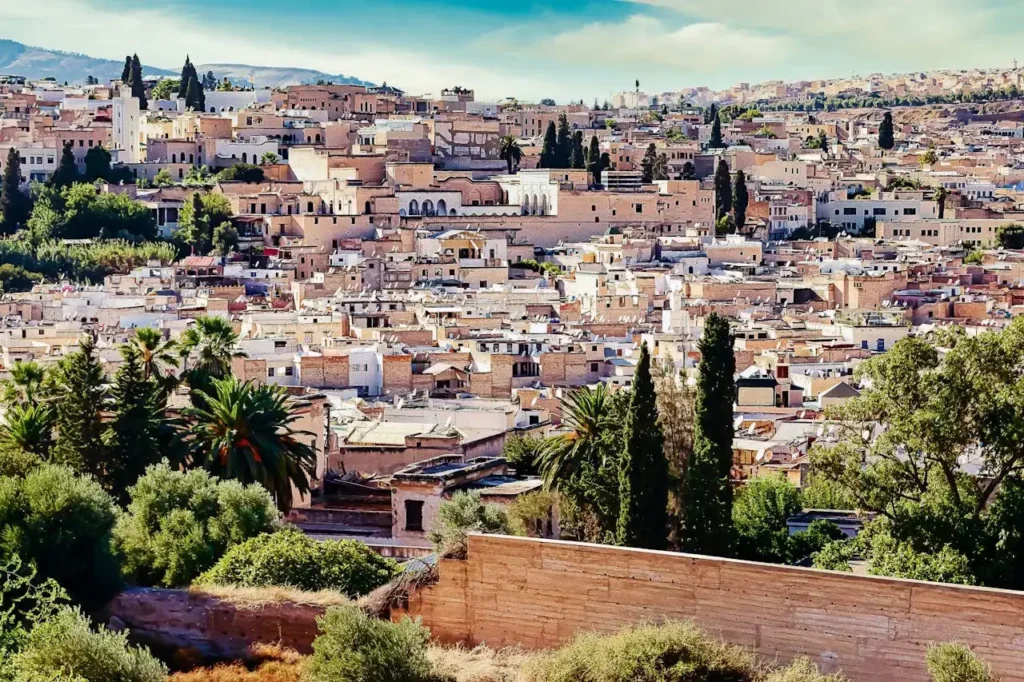Picture yourself wandering through vibrant markets, where the aromas of spices and freshly brewed mint tea tantalize your senses. Imagine standing in awe of majestic palaces, where history whispers through intricately carved walls. Dreams like these come alive in Morocco imperial cities : Marrakech, Fez, Rabat, and Meknes. Each city, unique in character and rich in history, tells the story of Morocco’s royal dynasties.
Whether you’re seeking a cultural immersion or yearning to step back in time, these cities offer unparalleled experiences. This guide will take you through their wonders, providing valuable insights to make your journey unforgettable.
Discover Morocco Imperial Cities
Morocco’s imperial cities hold the key to understanding the country’s illustrious past. They served as capitals for various ruling dynasties, leaving behind a legacy that blends art, architecture, and tradition. But to truly appreciate their cultural and architectural splendor, it’s crucial to understand their histories.
Why Explore Morocco’s Imperial Cities?
These cities were not just administrative capitals; they were cultural, spiritual, and architectural powerhouses. From the golden sand-colored walls of Rabat to the bustling souks of Marrakech, each city offers a peek into Morocco’s past while embracing its modern identity.
- Architectural Marvels: Discover minarets, palaces, and medinas that showcase a fusion of Arab, Berber, and European styles.
- Cultural Richness: Feel the pulse of Moroccan traditions through music, handicrafts, and cuisine.
- UNESCO Heritage Sites: Many attractions across these cities hold UNESCO World Heritage status, preserving their historical significance.
So why wait? Let’s dive into the essence of each city to inspire your next adventure.
Marrakech – The Red City
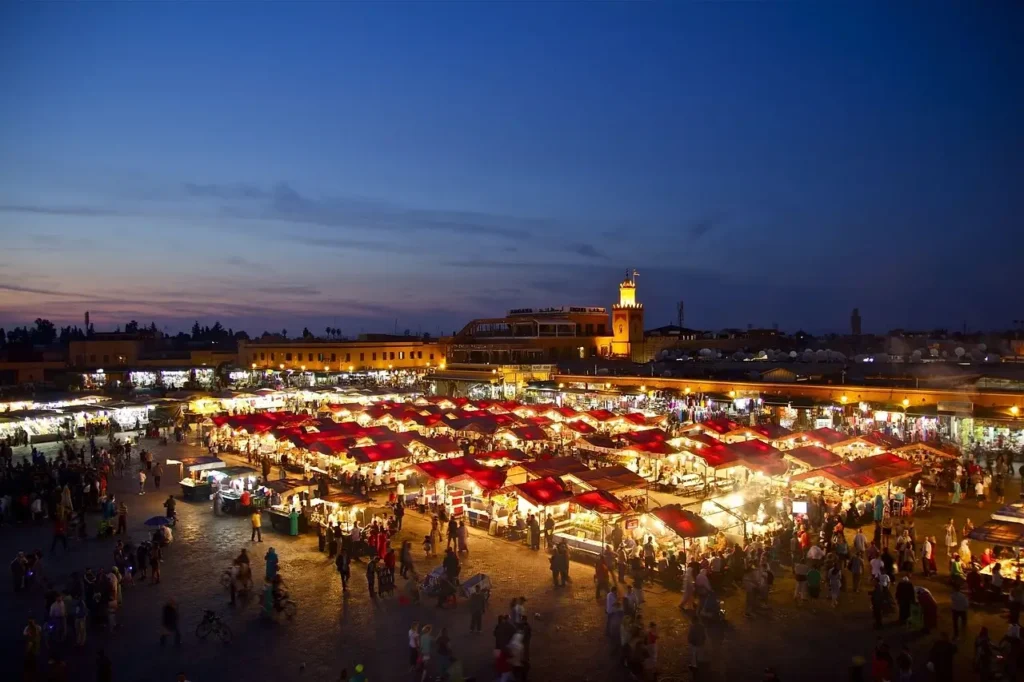
The History of Marrakech
Founded in 1062 by the Almoravid dynasty under king Yusuf ibn Tashfin, Marrakech quickly gained prominence as a trading post for merchants from across the Sahara. This bustling city became a cultural and religious center adorned with mosques, palaces, and gardens.
Under the Saadian dynasty in the 16th century, Marrakech entered a golden age. The Saadians built structures like the El Badi Palace and enriched the city with artistic and architectural innovation. Today, Marrakech stands as a lively cultural hub and a gateway to Morocco’s rich history.
What to See and Do in Marrakech
Nicknamed “The Red City” due to its rosy-hued walls, Marrakech is a whirlwind of activity, color, and culture. For first-time visitors, the medina is a great place to start.
- Jemaa el-Fnaa: No trip to Marrakech is complete without visiting this iconic square. By day, it’s a bustling marketplace. By night, it transforms into a vibrant stage for street performers, storytellers, and musicians.
- Koutoubia Mosque: This architectural masterpiece is an enduring symbol of Marrakech. While non-Muslims can’t enter, its intricate façade is a sight to behold.
- Majorelle Garden: Escape the city’s chaos in this serene botanical garden, designed by French painter Jacques Majorelle and later restored by designer Yves Saint Laurent.
- Medina Souks: Get lost in the labyrinthine alleys teeming with treasures—handcrafted rugs, spices, leather goods, and more!
Fez – A Spiritual and Medieval Jewel
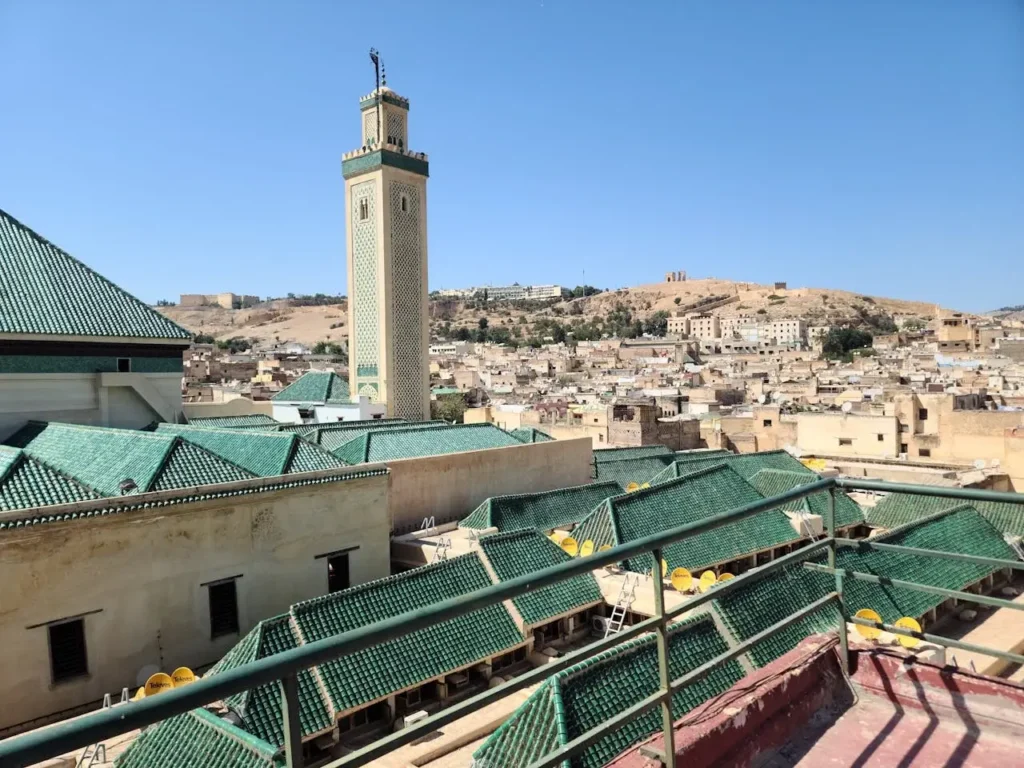
The History of Fez
Fez, Morocco’s oldest imperial city, was established in 789 by Idris I, founder of the Idrisid dynasty. It gained fame as a thriving intellectual and spiritual center under Idris II, who made the city his capital. Fez flourished during the era of the Marinid dynasty in the 13th and 14th centuries, when prominent landmarks like the Al-Qarawiyyin Library and Madrasa Bou Inania were erected.
Fez is often regarded as the spiritual and cultural heart of Morocco, thanks to its scholars, artists, and craftspeople who have left an enduring legacy.
Exploring the Medina of Fez
As you venture into Fez el-Bali, prepare to feel as though you’ve traveled back in time. Narrow streets brim with artisans, workshops, and vibrant markets. Among the highlights:
- Al-Qarawiyyin University: Known as the oldest continuously operating university in the world, it stands as a monument to Morocco’s intellectual history.
- Tanneries of Fez: Watch artisans using traditional methods to dye leather in strikingly colorful vats—you might even leave with a handcrafted bag or pair of slippers.
Rabat – The Political and Cultural Capital
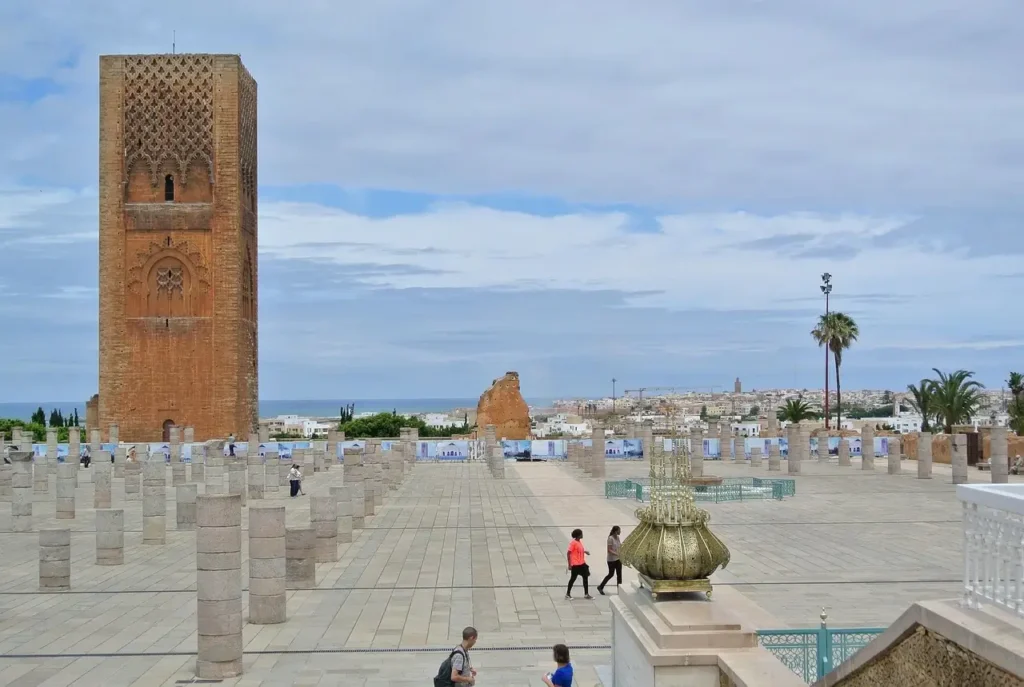
The History of Rabat
Rabat’s story begins with the Almohads, who established it in the 12th century as a military outpost and port. Its strategic location overlooking the Atlantic Ocean allowed it to grow into a fortified city adorned with architectural gems like the Hassan Tower.
Under French colonial rule in the early 20th century, Rabat was designated the administrative capital of Morocco—a role it still holds today. Though modern in many respects, Rabat retains its imperial charm through its historic kasbahs, medinas, and landmarks.
Highlights of Rabat
- Hassan Tower and Mausoleum of Mohammed V: These iconic landmarks reflect Morocco’s architectural grandeur. Hassan Tower, an unfinished minaret, stands tall, overlooking the mausoleum where the country’s late king rests.
- Kasbah of the Oudayas: Overlooking the Atlantic Ocean, this historic site invites you to wander through its blue-painted streets and relax in its Andalusian garden.
Meknes – The Hidden Gem
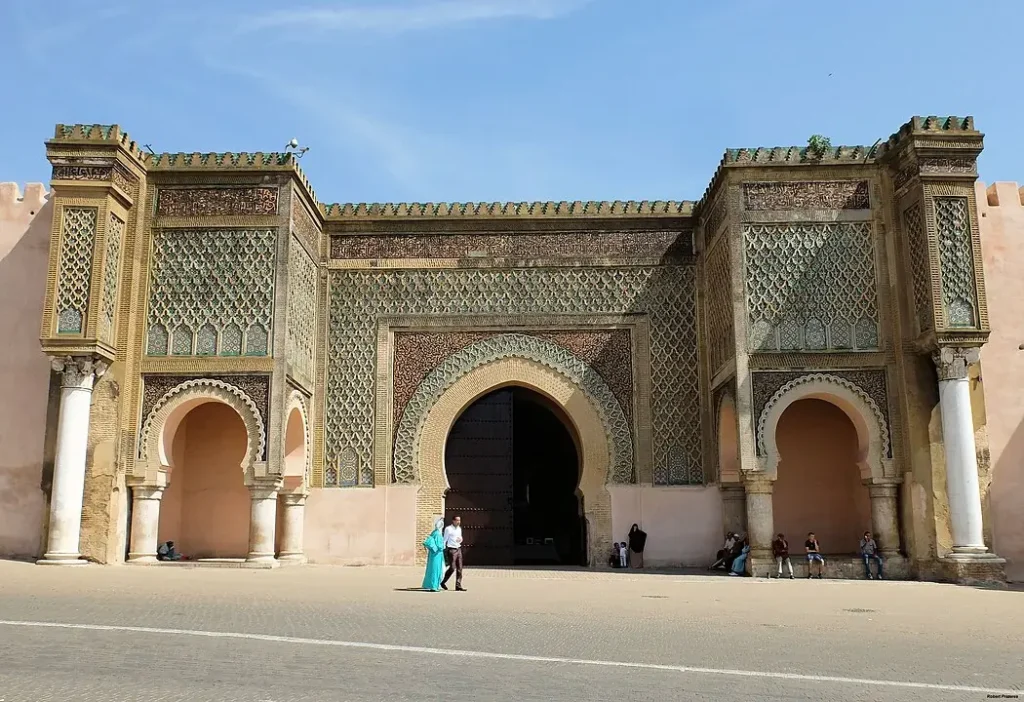
The History of Meknes
Meknes rose to prominence during the 17th century under the reign of Sultan Moulay Ismail, who transformed it into an imperial city. Known as Morocco’s “Versailles,” Meknes became famous for its grand palaces, water reservoirs, and robust fortifications. Sultan Moulay Ismail oversaw the construction of iconic structures like Bab Mansour Gate, which remains one of Morocco’s most impressive architectural feats.
Despite its grandeur, Meknes retains a calm and laid-back atmosphere, offering a welcome escape from the busier imperial cities.
What to See in Meknes
- Bab Mansour Gate: This grand entrance to the medina is among Morocco’s finest examples of Islamic architecture.
- Moulay Ismail Mausoleum: A serene spot steeped in history, dedicated to the sultan who transformed Meknes into an imperial capital.
- Sahrij Swani: A tranquil reservoir that once provided water to the royal city.
Practical Travel Tips for Exploring Morocco’s Imperial Cities
Best Time to Visit
Morocco’s imperial cities are best experienced in the spring (March-May) or autumn (September-November) when the weather is mild and pleasant. Summers can be scorching, especially in Marrakech and Fez.
Conclusion:
Exploring Morocco’s imperial cities opens a window into the country’s soul. From the lively streets of Marrakech to the tranquil corners of Meknes, every city tells its own story. Whether you’re marveling at ancient architecture or savoring traditional delicacies, you’ll create memories that last a lifetime.
Are you ready to step back in time and embrace Morocco’s imperial spirit? Start planning now and let history come to life before your eyes.
FAQ About Morocco’s Imperial Cities
Q: What are Morocco’s imperial cities?
Morocco’s four imperial cities—Marrakech, Fez, Rabat, and Meknes—were historically the capitals for different dynasties and reflect the country’s royal and cultural legacy.
Q: How many days do you need to explore them?
You’ll need 10–14 days for a comprehensive trip, spending 2–3 days in each city to cover the main attractions and soak in the local vibes.
